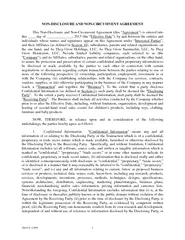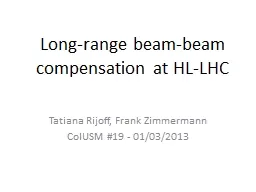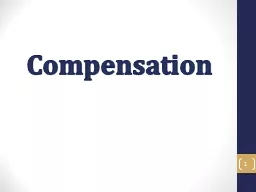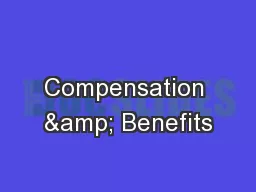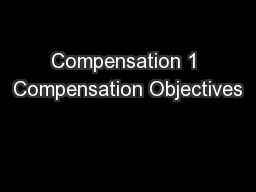PPT-Non-Academic Staff Compensation Structure & Administration
Author : conchita-marotz | Published Date : 2018-09-20
Leadership Presentation 2013 Goals for today Review UMs philosophy and objectives for Administrative Service and Support Staff compensation Status update on the
Presentation Embed Code
Download Presentation
Download Presentation The PPT/PDF document "Non-Academic Staff Compensation Structur..." is the property of its rightful owner. Permission is granted to download and print the materials on this website for personal, non-commercial use only, and to display it on your personal computer provided you do not modify the materials and that you retain all copyright notices contained in the materials. By downloading content from our website, you accept the terms of this agreement.
Non-Academic Staff Compensation Structure & Administration: Transcript
Download Rules Of Document
"Non-Academic Staff Compensation Structure & Administration"The content belongs to its owner. You may download and print it for personal use, without modification, and keep all copyright notices. By downloading, you agree to these terms.
Related Documents



